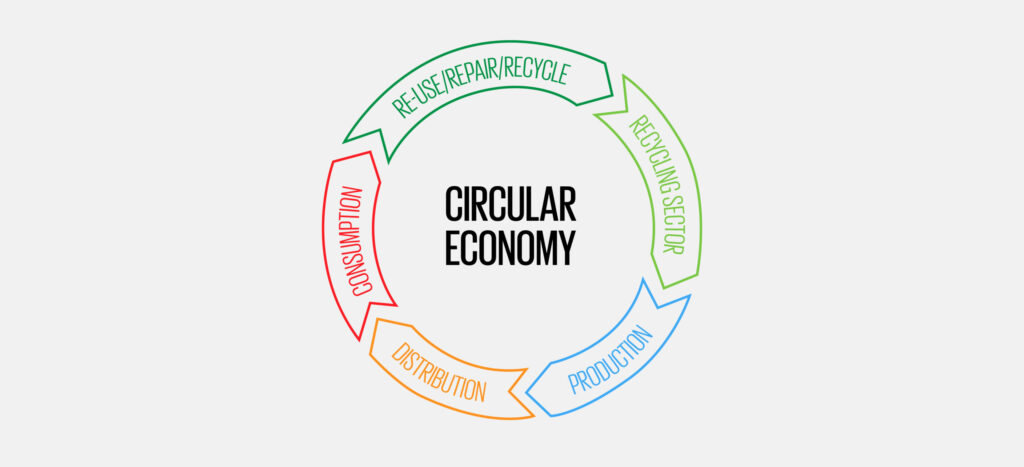In an age where sustainability is no longer optional but essential, circular design has emerged as a revolutionary approach to industrial product lifecycles. This design philosophy focuses on eliminating waste and maximizing the value of resources by keeping products and materials in use for as long as possible. As we move deeper into 2025, circular design is not just a trend but a critical shift in how products are conceptualized, manufactured, used, and repurposed.
What Is Circular Design?
It is an approach that integrates the principles of the circular economy into product development. Unlike the traditional linear model (make, use, dispose), circular design emphasizes regenerative systems where products are designed for reuse, repair, refurbishment, and recycling.
At its core, circular design challenges manufacturers to consider a product’s entire lifecycle from the very beginning. This includes:
- Selecting sustainable materials
- Designing for modularity and repair
- Creating closed-loop systems for end-of-life recovery
Why Circular Design Matters in 2025
With increasing regulatory pressures, environmental awareness, and consumer demand for sustainable products, companies are under greater scrutiny to adopt eco-friendly practices. It addresses multiple concerns:
- Reduces environmental impact by minimizing waste and energy consumption
- Extends product lifespan and decreases the need for raw material extraction
- Promotes economic growth by fostering new business models such as leasing, remanufacturing, and product-as-a-service
Principles of Circular Design
1. Design for Longevity
Products should be durable, timeless in design, and resistant to wear and tear. This reduces the frequency of replacement and waste generation.
2. Design for Disassembly
Easily disassembled products make repairs, refurbishments, and material recovery simpler and more efficient. This encourages users to fix instead of discard.
3. Use Recyclable and Biodegradable Materials
Choosing materials that can be safely returned to nature or reprocessed for future use is critical in closing the loop.
4. Embrace Modular Design
Modularity allows components to be upgraded or replaced without discarding the entire product. This is particularly effective in electronics and furniture.
5. Incorporate End-of-Life Planning
Manufacturers should plan how products will be collected, repurposed, or recycled after their use ends.
Industries Leading the Circular Design Movement
Electronics
Companies like Fairphone and Framework are reimagining consumer electronics with repairable, upgradeable, and modular phones and laptops.
Fashion
Brands are shifting to slow fashion models by using recycled materials, offering repair services, and creating take-back schemes for used garments.
Automotive
Car manufacturers are using recycled components, creating shared mobility platforms, and integrating remanufactured parts to extend vehicle lifecycles.
Packaging
Innovative companies are adopting refill systems, compostable materials, and reusable packaging to reduce single-use plastic waste.
Benefits of Adopting Circular Design
- Environmental: Lower carbon emissions, reduced landfill use, and conservation of natural resources.
- Economic: Cost savings through material reuse, increased product value, and new revenue streams from circular business models.
- Social: Job creation in repair, remanufacturing, and recycling industries; increased consumer engagement with sustainable brands.
Resources and Support for Circular Design
Organizations like the Ellen MacArthur Foundation are leading the charge by offering research, tools, and case studies for companies transitioning to circular models.
Conclusion
Circular design is reshaping the way we think about production and consumption. As we face increasing environmental challenges, it’s vital to transition from a throwaway culture to a regenerative one. By embedding circular principles into industrial design, we can create a more sustainable, resilient, and prosperous future.
Now is the time to rethink, redesign, and regenerate—because a truly circular future begins at the drawing board.




